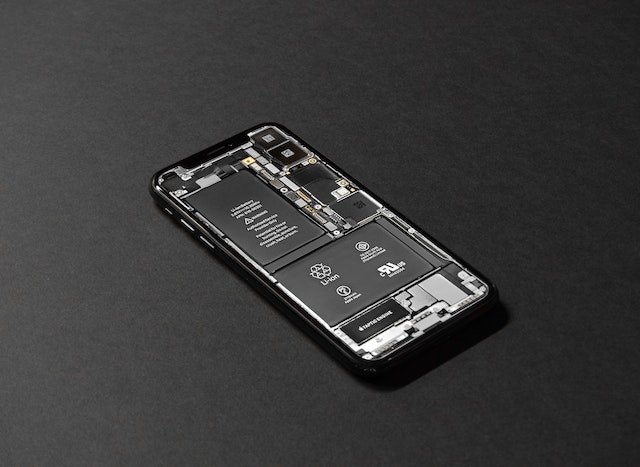Introduction:
Lithium is a highly reactive and versatile metal that has become increasingly important in modern society due to its use in a variety of applications, including batteries, ceramics, lubricants, and pharmaceuticals. As the demand for lithium continues to grow, so does the need for research and analysis to better understand the metal and its properties. In this blog, we will provide an analysis of current research on lithium and its potential applications.
Chemical Properties:
Lithium is the lightest metal in the periodic table and has an atomic number of 3. It is highly reactive and can react with water and air to form lithium hydroxide and lithium oxide, respectively. Its low atomic mass and small size also give it unique physical and chemical properties, such as high electrical conductivity and low melting and boiling points.
Applications:
Lithium has a wide range of applications, with the most significant being in the production of batteries for use in electronic devices and electric vehicles. Lithium-ion batteries are lightweight, high energy-density, and have a longer lifespan compared to other battery types. As the demand for electric vehicles continues to grow, so does the demand for lithium.
Lithium also has applications in the pharmaceutical industry, where it is used to treat mental illnesses such as bipolar disorder and depression. Its low toxicity and ability to stabilize mood make it an effective treatment option for these conditions.
In addition, lithium is used in the production of ceramics, glass, and lubricants. Its unique properties, such as high thermal stability and resistance to corrosion, make it an ideal material for these applications.
Environmental Impact:
While lithium has many applications, its production can have significant environmental impacts. Lithium is typically extracted from brines, which can have a negative impact on the surrounding ecosystem. The use of water in the extraction process can also contribute to water scarcity in arid regions.
Furthermore, the production of lithium-ion batteries can result in significant carbon emissions, particularly if the energy used to produce the batteries comes from fossil fuels. However, there are efforts underway to reduce the environmental impact of lithium production, such as the use of renewable energy sources in the production process.
Conclusion:
In conclusion, lithium is a versatile and important metal with a wide range of applications, particularly in the production of batteries and in the treatment of mental illnesses. However, its production can have significant environmental impacts, and there is a need for ongoing research to better understand the metal and its properties. Efforts to reduce the environmental impact of lithium production are also necessary to ensure that its benefits can be enjoyed without causing harm to the planet.

